Purchased for $1.065 million in July of 2015, the “adorable” Bernal Heights home at 430 Nevada Street, which is located “within walking distance to bustling Cortland Ave” and features two bedrooms and one bath, with 880 square feet of finished space, a landscaped rear garden, one-car garage and bonus space below, returned to the market listed for “$949,000” this past October.
And this past Friday, the resale of 430 Nevada Street closed escrow with a $1.050 million contract price, which is officially “10.6 percent over asking!” (but 1.4 percent below its 2015 price on an apples-to-apples basis).
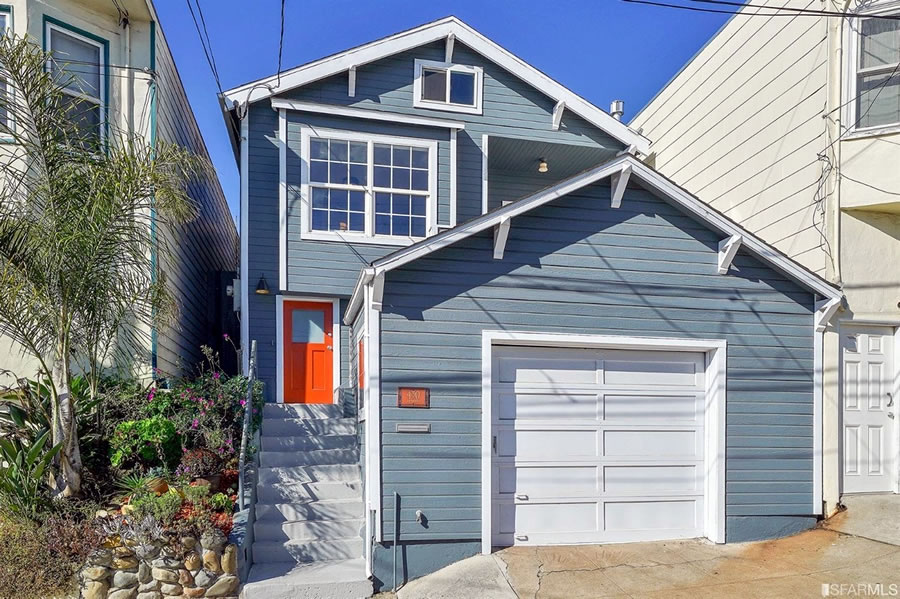
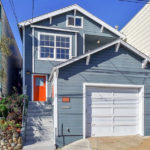

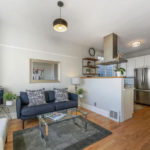


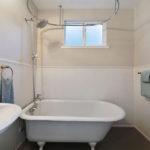

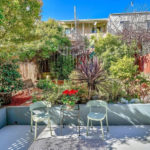
So now even the SFRs have started down.
Fortunately, they only lost about $75,000.
But how much would have 3 years of rent been?
Holding costs would have been ~$4,500/mo. Transaction costs another $70K.
$1.050M on a <900sqft SFR in this area of Bernal seems like a decent sale. Yes, it's below 2015 sale. But it's on a busy bernal street, not very walkable, and freeway noise. That said great location for peninsula commuters. I'd ask how sales in Bernal villiage and north slope are compared to 2015.
Agreed. That $/sq ft sale price is in line with comparable SFH sales in south Bernal this year. It is actually a bit over. But the editor’s point is well taken. Some people paid over market in 2015 and are now getting a reality check.
The seller had purchased the home in 2015, borrowing 80% and then refinanced roughly a year later in June 2016. Since that time mortgage rates (across the loan products SS likes to track) are up roughly 100bps.
As an example the 30Y fixed mortgage for 850K in June 2016 would have priced around 3.5%, for a monthly payment of $3,817.
The same mortgage today would price around 4.5% (in this example) and yield a monthly payment of $4,307.
So, the asset (house) price is +/- constant, but the cost to live here has gone up. Does that mean that demand for housing is going up or going down?
It doesn’t help current homeowners who own the housing assets (though hopefully they are in fixed rate products they can ride for some time). Given rising rates and softening house prices, probably makes more sense to go and rent. I guess maybe tomorrow or the next day we’ll get the monthly update from SS on asking rents from the secret rent database.
People rarely do what makes sense. However I did. Which is why I now have 7 separate properties in SF, Marin, the East Bay, San Diego and Hawaii. All but my primary residence are paid off in full and the mortgage on my residence is a 30 year fixed at 2.95 % and under 750K, so it is still fully deductible.
Yes, rates obviously matter. But people seem to acknowledge that now as an excuse for softness but don’t acknowledge the huge role it played during the booms in housing: thirty year decline in rates that has bottomed. Then-unprecedented 1% Fed Funds in 2003. Greenspan was later criticized for starting the housing bubble with that policy as Funds had never been that low in the modern era, but the answer to the crisis in 2008 was more of the same, just stronger: ZIRP and $4.5T of QE. Totally experimental. Forced assets out of fixed income, savings, cash etc and into risk markets. (The SP500 hit 666 in 2009; even now at a 14 month low, it’s at 2575). The impact on Bay Area housing wasn’t just to pump up housing directly, bail out people in the past in bad IO ARMs etc. It flooded VC’s with institutional money from unconventional source as they had to look for yield elsewhere. It pumped up paper wealth with the huge rally in all risk assets and fueled the risk-taking bull market atmosphere everywhere.
We are going through quantitative tightening now and it is going to be very slow and take years to unwind. I’m not a big SF housing bear btw, but ZIRP/QE was unprecedented, experimental and was one of the dominant factors in all risk asset markets including housing here. Now, the unwind has started. Even if the Fed intimates a pause today for next year, we are in a different environment and it affects the housing market here in many ways- not just the monthly payment for a house.
Speaking of which, The Fed Raises Rates, Signals Two More Hikes in 2019.
December is always a challenge to find trends. The market is definitely softening but not consistent across the board. For example, on the other side of Bernal, 3215 Harrison Street sold for $1.76m last week and sold in Oct 2015 for $1.5m. I predict that 2008-2018 is going to be treated as a bust to boom and time will tell whether 2019 will be a plateau, slow decline, or bust. It would be hard to imagine we have not already hit peak for this cycle…
Notice any differences in 3215 Harrison Street between those two sales, such as the completely remodeled kitchen (before and after)?
Touche. This is not a true apple to apple comparison but safe to say there was less than $276k in improvement between 2015-2018
While the budget for the kitchen remodel, which included a floor plan change and other improvements (before and after), might have been under $276,000, that doesn’t account for the time value of the project or subsequent increase in the property’s desirability/marketability.
And quite simply, not only is it “not a true apple to apple comparison,” it’s not even close.
The market is definitely transitioning downwards… As recent as October this tiny home sold for $1.2M. Hold if you can, SF single family home long term values, have been excellent for the past 25 years.